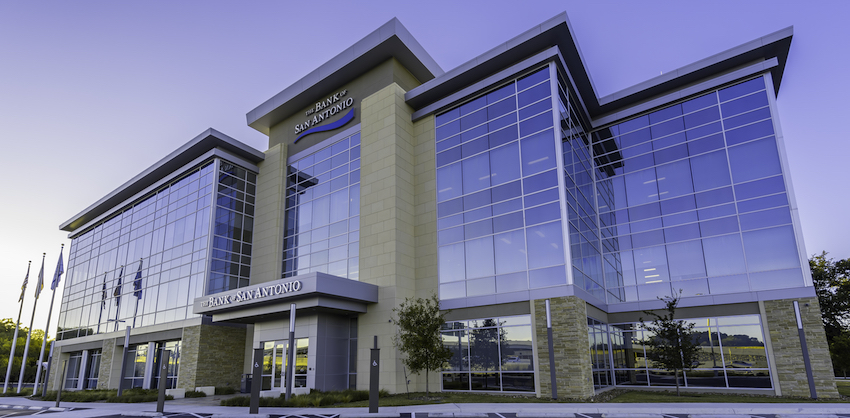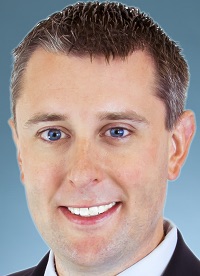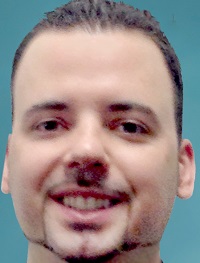Optimized Ventilation for High-Performance Buildings
Learning Objectives:
- Identify current industry trends driving the adoption of specialized ventilation systems, as well as relevant standards and codes, including ASHRAE 62.1 and the International Mechanical Code (IMC).
- Describe the similarities and differences between ERVs and DOAS in terms of function, impact on cooling and heating loads, and how each is applied with VRF systems.
- Discuss DOAS design options and requirements with consideration for decoupled DOAS, duct distribution networks, energy-efficiency measures such as demand-control ventilation, and refrigeration circuits engineered to provide cooling plus reheat.
- Explain how applications dictate appropriate ventilation solutions with consideration for building codes, climate, humidity, and how a space is used.
Credits:
This course is approved as a Structured Course
This course can be self-reported to the AANB, as per their CE Guidelines
Approved for structured learning
Approved for Core Learning
This course can be self-reported to the NLAA
Course may qualify for Learning Hours with NWTAA
Course eligible for OAA Learning Hours
This course is approved as a core course
This course can be self-reported for Learning Units to the Architectural Institute of British Columbia
Evolving codes and standards, market-based incentives, sustainability concerns and a global movement toward better building design are driving the adoption of specialized mechanical ventilation systems. In this presentation, speakers Kevin Miskewicz and Joe Cefaly overview both Energy Recovery Ventilators (ERVs) and Dedicated Outdoor Air Systems (DOAS) and how these specialized ventilation systems work in concert with Variable Refrigerant Flow (VRF) systems to provide a complete high-performance HVAC solution.


|
Kevin Miskewicz leads the development and execution of commercial product strategies for Mitsubishi Electric Trane HVAC US. Most recently, he served as director of commercial marketing, leading the marketing strategies, programs, and initiatives for the division’s commercial product line. Kevin is a certified LEED Green Associate. Before joining Mitsubishi Electric in 2014, he was the product manager for condensing units and controls at Heatcraft Worldwide Refrigeration in Stone Mountain, Georgia, and previously held global marketing and product management roles in the Consumables division at NCR Corporation in Atlanta. Kevin earned a bachelor’s degree in business administration from the University of Dayton. |

|
Joe Cefaly provides engineering and applications support for products developed with third-party manufacturers. He assists in the development of new and existing products, including dedicated outdoor air systems (DOAS), CITY MULTI®, and other OEM products. Joe has worked at Mitsubishi Electric for eight years, previously serving as a mechanical engineer. He is a LEED Accredited Professional and Certified Energy Manager. Joe earned a bachelor’s degree in physics from Union College and his MBA from Northeastern University. |

|
Formed in 2018, Mitsubishi Electric Trane HVAC US LLC (METUS) is a leading provider of ductless and VRF systems in the United States and Latin America. A joint venture between Ingersoll Rand plc and Mitsubishi Electric US, Inc., the company provides innovative products, systems and solutions capable of cooling and heating any application from a home to a large commercial building. METUS is a leading marketer of Comfort Solutions and Variable Refrigerant Flow (VRF) cooling and heating technology. Systems sold by the joint venture include a wide variety of technologically advanced products designed to deliver superior efficiency, comfort and control for every home or building type. The family of brands supported by METUS includes: Mitsubishi Electric Cooling & Heating, Trane®/Mitsubishi Electric and American Standard®/Mitsubishi Electric. More information is available at www.metahvac.com. |












